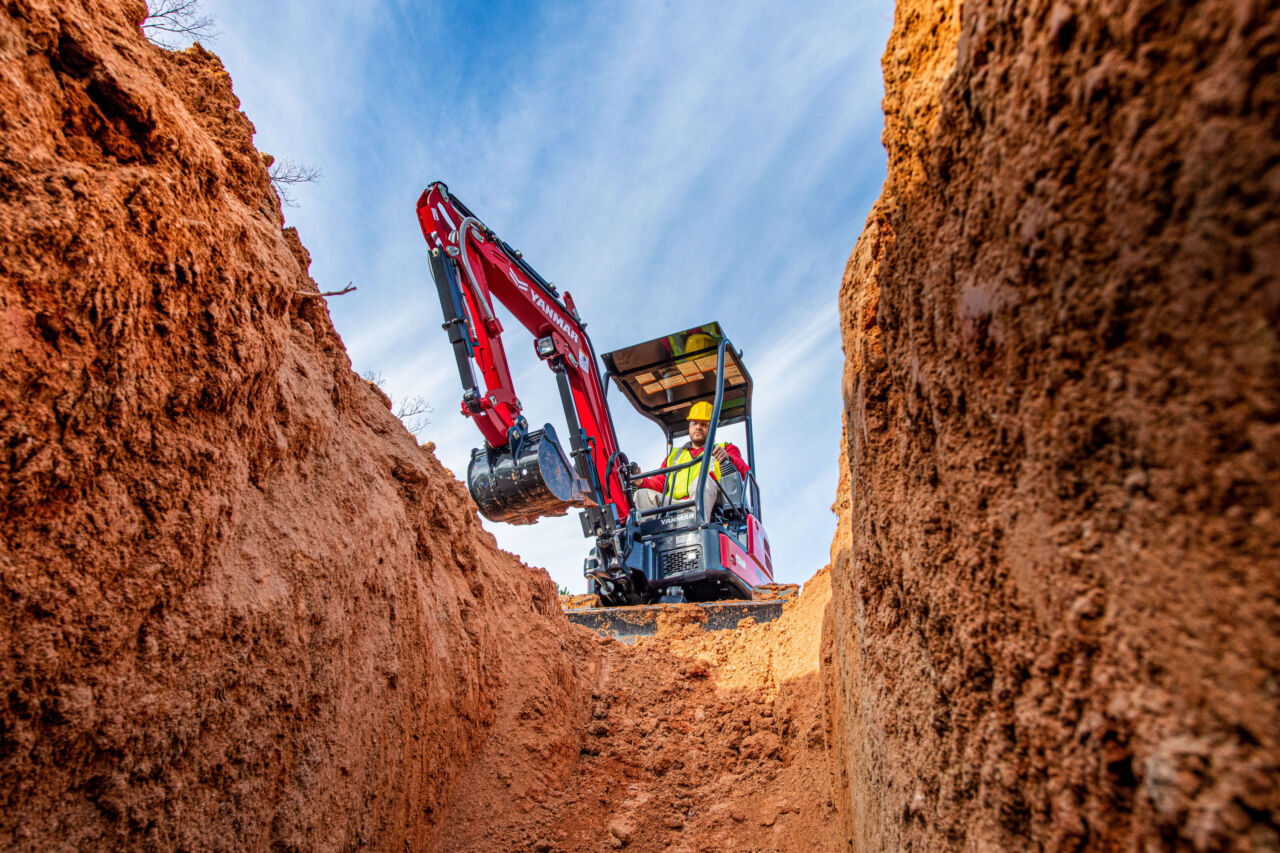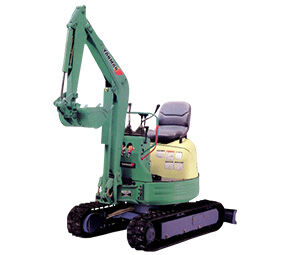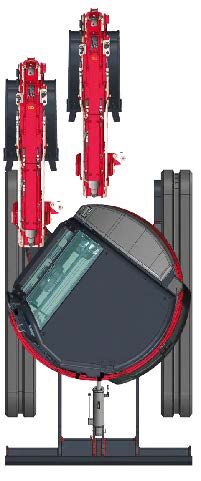Yanmar celebrates 30 years since the launch of the ViO series in 1993, which popularized the zero tail swing excavator concept – revolutionizing the ability to work safely in confined locations.

The launch 30 years ago of the Yanmar CE ViO range of compact excavators caused a sensation. Unlike other excavators of its kind at the time, the ViO at no stage of its rotation did the rear of the cab/superstructure extend beyond its tracks. This meant that the machines could operate in the tightest of spaces without fear of a rear collision with nearby buildings, vehicles – or people. The concept was embraced by the global industry and soon displaced as much as 70% of the standard models on worksites.
Although zero tail swing excavators are now a dominant part of the compact equipment market – the ViO is still leading the way 30 years on. Collectively, many thousands of collisions and accidents have been avoided, and work in the tightest of spots has been made possible – all thanks to the launch of Yanmar CE’s ViO range.
Defying the laws of physics

The zero tail swing concept is much cleverer than just shrinking the size of the superstructure. In traditional excavators having a protruding counterweight at the rear of the excavator is useful in balancing loads at the front, when lifting or digging, for example. But with this removed, the engineers at Yanmar CE needed to create similar counterweight forces by other means, while still maintaining impressive lift capacity.
The ViO is incredibly versatile and can work in the tightest and narrowest of jobsites. Now in its 7th generation, the range has expanded and is still going strong. Recently the designed-for-Japan ViO80-7 was declared a winner in this year’s prestigious Japan Institute of Design Promotion’s 2023 Good Design Award.

The ViO zero tail swing concept has consistently developed over the last 30 years. The ViO17 is a good example of the current breed. Neither the counterweight nor the front part of the upper frame extends beyond the track width. This gives the 4,023-pound (1.8-metric-ton) model an extremely tight turning radius. And yet, thanks to its 4-foot, 2-inch (1,280-mm wide) undercarriage, large counterweight and good weight distribution, it equals or surpasses conventional machines, as well as having great lifting capabilities.
To commemorate the ViO’s 30th anniversary a short video has been produced:
 Copyright 2020 All rights reserved.
Copyright 2020 All rights reserved.